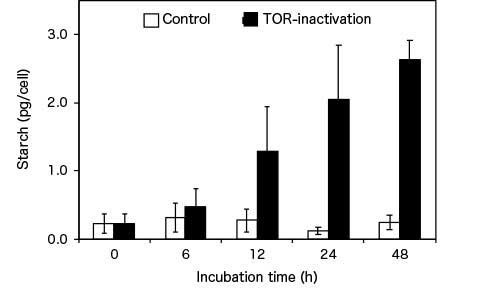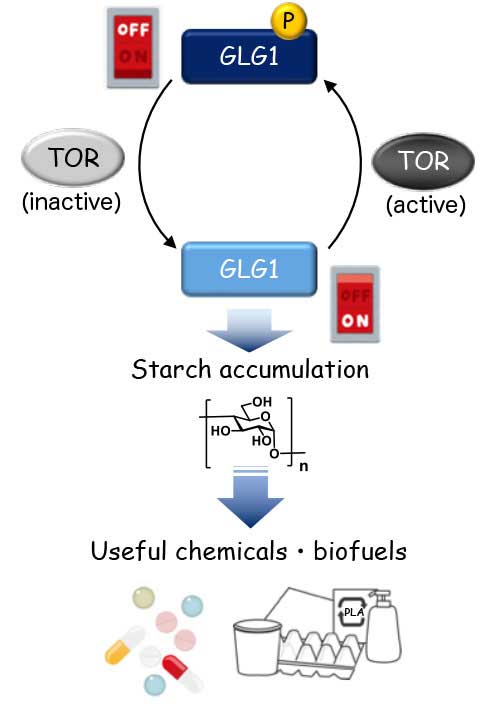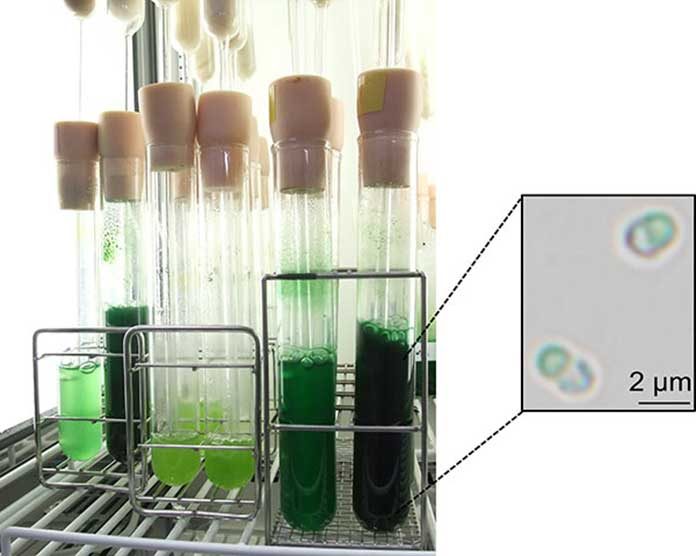In a new study, Tokyo Tech scientists have discovered a switch that can control the level of starch content in algae. The researchers demonstrated that starch content could be dramatically increased in C. merolae through inactivation of TOR (target of rapamycin), a protein kinase1 known to play an important role in cell growth.
Scientists primarily inactivated TOR through exposure to rapamycin. Doing this increase the level of starch 12 hours. This also leads to a remarkable ten-fold increase after 48 hours.
Critically, the investigation points of interest a system basic this significant increment in starch content. Utilizing a strategy called liquid chromatography-tandem mass spectrometry (LC-MS/MS), the scientists inspected unobtrusive changes in the structure of in excess of 50 proteins that may be associated with “switching on” the procedure of starch accumulation.

Compared with the control, inactivation of TOR resulted in an approximately ten-fold increase in starch content in C. merolae after 48 hours.
Thus, they pinpointed GLG1 as a key protein of intrigue. GLG1 acts correspondingly to glycogenin, a catalyst found in yeast and animal cells, or, in other words, be engaged with the initiation of starch (or glycogen) synthesis.
According to scientists, the study could optimize the production of environmentally friendly fuel additives, pharmaceuticals, cosmetics, and bioplastics with phasing out of single-use plastic bags and straws in many parts of the world.

The phosphorylation status of GLG1, which is regulated by TOR signaling, determines the ON/OFF switch for starch accumulation in the cells. Starch is a good carbon resource for chemicals that are applied in a wide range of industries. (“P” denotes phosphorylation.)
Sousuke Imamura at the Laboratory for Chemistry and Life Science said, “The research team notes that more studies using other algal species, as well as higher plants such as Arabidopsis thaliana, could yield further information about the fundamental molecular mechanisms behind starch accumulation. This information will help to develop technologies to improve starch biosynthesis productivity and concomitantly improve sustainable biomass and bioenergy production.”
The study is reported in the Plant Journal.
